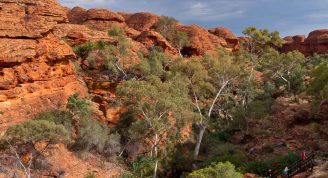Description
Discover the endemic wildlife, bizarrely beautiful landscapes and underwater treasures of the Galapagos Islands on this immersive 17-day cruise. Explore both the traveller’s favourites and quiter parts of the archipelago, all with a passionate local naturalist on hand to guide you over pahoehoe lava and through marine iguana colonies. Snorkel in clear waters off the coast of Isla Espanola, paddle through a green turtle breeding grove on Isla Floreana, look out for mottled Galapagos hawks on Isla Fernandina, and wander between sea lions lounging on beaches with red, black and white sand.
Trip Name
Absolute Galapagos (Grand Daphne)
Last Updated
2024-02-28
Days
17
Capacity
16
Highlights
- With over two weeks spent on the archipelago, this trip takes a more leisurely pace. Spend more time on each island, soaking up the sun and the sea (lions).
- Hike, snorkel, sleep, repeat – this isn’t your average cruise. Get active in the rugged and isolated Galapagos Islands.
- Sea lions are like the dogs of the ocean: playful, goofy and curious. And while you can’t pat them, you’re bound to fall in love with these furry frolickers.
- Pink flamingos, red-throated frigates and blue-footed boobies will have you craning your neck, snapping photos and contemplating a career in ornithology.
- Towering cacti, rocky cliffs, red-sand beaches and more await you in this otherworldly archipelago.














